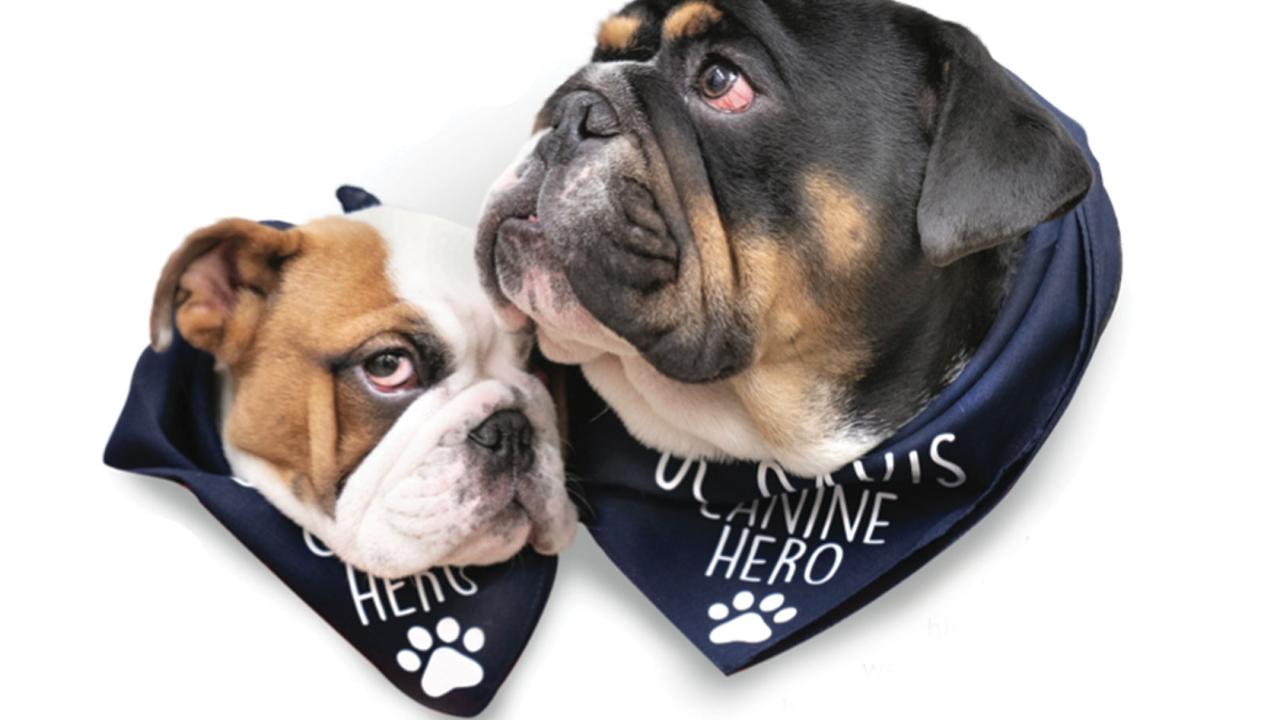
Discoveries

West Coast Abalones at Risk
All seven of the United States’ abalone species that live on the West Coast are now listed as Critically Endangered or Endangered on the International Union for Conservation of Nature (IUCN) Red List of Threatened Species.
Six species—red, white, black, green, pink and flat abalone—are listed as critically endangered, based on an assessment led by Laura Rogers-Bennett, a senior environmental scientist with the school’s Karen C. Drayer Wildlife Health Center, the California Department of Fish and Wildlife (CDFW), and the Bodega Marine Laboratory. The northern abalone, also known as threaded or pinto abalone, is listed as endangered.
The IUCN Red List is considered the world’s most comprehensive inventory of the global conservation status of species.
While the listing does not carry a legal requirement to aid imperiled species, it helps guide and inform global conservation and funding priorities.
Abalones provide nourishment, cultural significance and ecological benefits for people, wildlife and the environment. Red abalones have been a mainstay of West Coast shellfish aquaculture industry, with a beloved recreational diving fishery in Northern California. However, overfishing, disease, the decline of kelp forests, warming ocean temperatures, and other impacts have decimated their numbers.
UC Davis and CDFW have been pioneering work to protect abalones. This includes the federally endangered white abalone captive breeding program and several studies involving the red abalone, ocean acidification, climate change and aquaculture. Restoring kelp forests and reducing climate impacts are key to helping abalone recover. Kelp is abalone’s main food source, and its decline is intricately linked with theirs. When weakened by starvation, species are more susceptible to environmental changes like landslides following fires, ocean acidification and increased storms.

Hope for Spina Bifida Cure
Interdisciplinary research at the UC Davis Schools of Medicine and Veterinary Medicine led to the clinical CuRe Trial: Cellular Therapy for In Utero Repair of Myelomeningocele, which delivered stem cells during fetal surgery to treat spina bifida. The novel treatment, delivered while a fetus is still developing in the mother’s womb, could improve outcomes for children with this birth defect.
Myelomeningocele, also known as spina bifida, occurs when spinal tissue fails to fuse properly during the early stages of pregnancy. The birth defect can lead to a range of lifelong cognitive, mobility, urinary and bowel disabilities. It affects 1,500 to 2,000 children in the prevent or lessen the severity of the fetus’s spinal damage, which worsens as the pregnancy progresses.
The pioneering surgical techniques and stem cell patch used in the trial were refined by School of Medicine surgeons and bioengineers in collaboration with UC Davis School of Veterinary Medicine researchers treating spina bifida in dogs.
Spina bifida is a common birth defect in English bulldogs and frequently leaves them with little function in their hind end. The surgery was performed on 10-week-old bulldog siblings, making them the world’s first dogs with this condition to be successfully treated with surgery and stem cells. By four months post-surgery, the pair were walking, running, and playing.
The approach is still in the early stages, with four of the thirty-five families enrolled in the CuRe Trial.

Experimental COVID-19 Vaccine Offers Long-Term Protection
In a collaborative effort among 42 authors from multiple institutions, researchers showed that two-dose SARS-CoV-2 vaccines provide protection against lung disease in rhesus macaques one year after they were vaccinated as infants. The work was published in Science Translational Medicine.
The research team included Koen Van Rompay, Katherine Olstad and Smita Iyer—from the school’s Department of Pathology, Microbiology and Immunology—along with many other scientists at the UC Davis California National Primate Research Center (CNPRC).
To evaluate SARS-CoV-2 infant vaccination, the researchers immunized two groups of eight infant rhesus macaques at the CNPRC at two months of age and again four weeks later. Each animal received one of two vaccine types: a preclinical version of the Moderna mRNA vaccine or an adjuvanted vaccine combining a protein developed by the Vaccine Research Center of the National Institute of Allergy and Infectious Diseases (NIAID). An adjuvant is an ingredient used in some vaccines that helps create a stronger immune response in people receiving the vaccine.
One year later, the animals were given a high-dose challenge with a SARS-CoV-2 variant. Both vaccines protected against lung disease, even though the viral variants had numerous mutations in their spike proteins that were different from those contained in the vaccines. The adjuvanted protein vaccine candidate maintained higher levels of neutralizing antibodies overall and provided superior protection compared to the mRNA vaccine.
These results imply that the vaccines are safe and highly effective when given to young infant macaques. Furthermore, they inform
the optimization and development of SARS-CoV-2 vaccines in a way that may reduce the need for frequent boosters and protect special populations that do not have fully developed immune systems, such as young children.
Infants are one of the pediatric populations most vulnerable to COVID-19. This study demonstrates the clear and long-lasting benefits of immunizing infants against SARS-CoV-2. The resources and tools developed during the course of this study will also be valuable to combat future respiratory disease outbreaks in pediatric populations.

Zoonotic Disease in Dogs Rises in Southern Chile
A parasitic disease, canine echinococcosis, increased in Chile’s Tierra del Fuego province after a governmental dog deworming program was canceled in 2004, according to a study from the school’s One Health Institute in collaboration with the Universidad de Chile and the Wildlife Conservation Society-Chile.
Published in Zoonoses and Public Health, the research showed this zoonotic disease affects more than 1 million people worldwide and is the second most common cause of human deaths from parasitic disease in Chile. It is caused by the tapeworm Echinococcus granulosus, which is shed by dogs and can infect people.
Dogs acquire the disease by consuming viscera of infected animals, such as sheep, making it prevalent in sheep farms and rural communities. The deworming program had reduced the disease prevalence in the region’s dogs from 68.4% in 1978 to 1.2% in 2002. The study found that without the intensive program, canine echinococcosis increased to 6.9% as of 2016. Infection prevalence was also associated with reports of the presence of culpeo foxes. All canids present on the island, including the native culpeo and the introduced chilla foxes, are known to be hosts of the disease.
